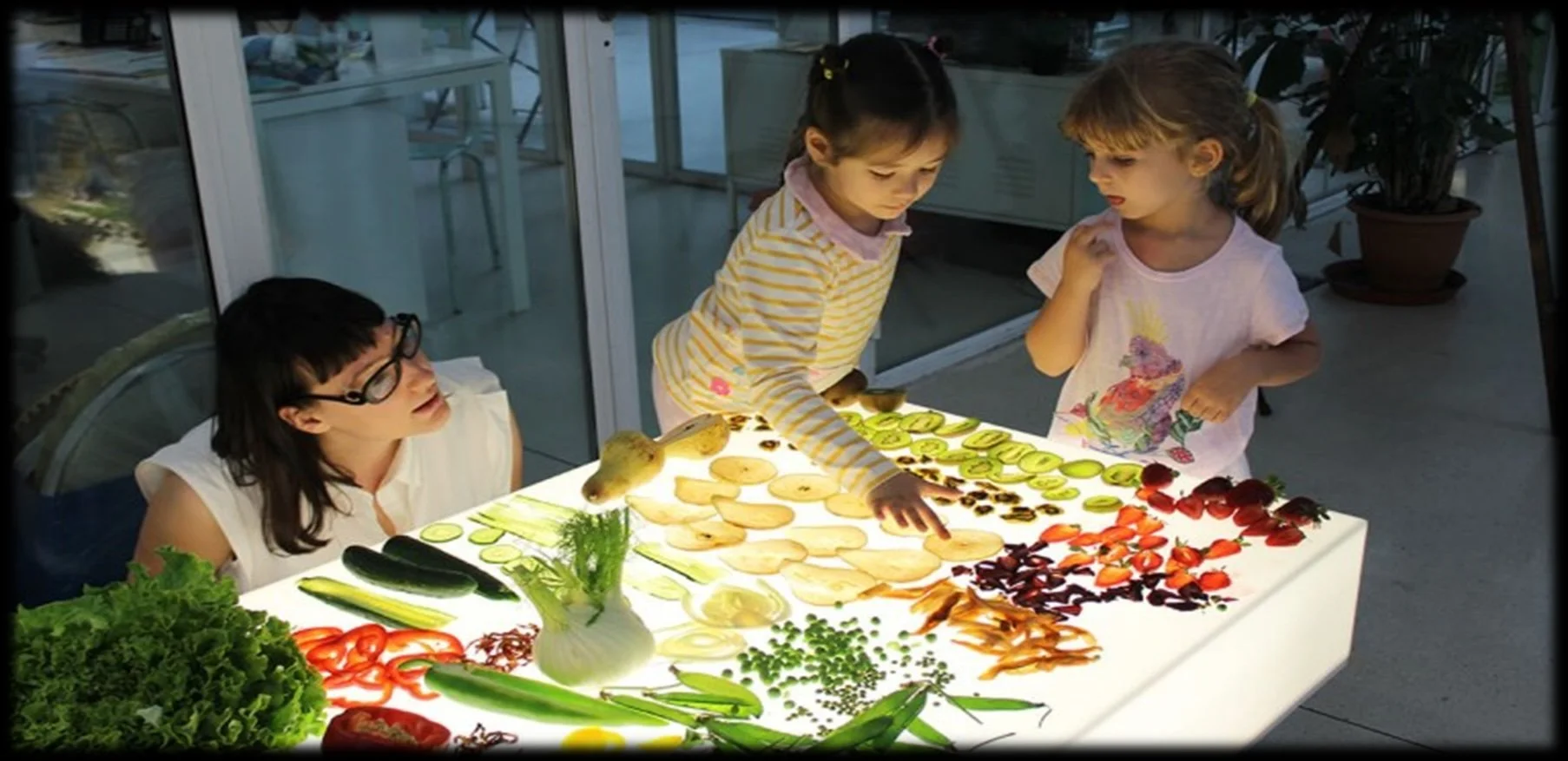Learning by Design: The Power of the Third Teacher
Introduction
Education is shaped not only by educators and families but also by the environment in which learning takes place. The Reggio Emilia philosophy introduced the idea of the environment as the third teacher, emphasizing that well-designed spaces can foster creativity, independence, and deep learning. Thoughtfully designed environments inspire inquiry, support social-emotional growth, and promote a sense of belonging.
This document explores the power of the third teacher, how intentional design impacts children's learning, and practical strategies to create spaces that support curiosity, agency, and connection.Employee engagement really is the backbone of a happy, productive and profitable workforce. That’s why the importance of creating a workplace that is full of enthusiastic and committed employees cannot be taken for granted.
1. The Environment as an Active Educator
How Does the Environment Teach?
The learning environment is not just a backdrop; it actively influences how children interact, explore, and grow. A well-designed space:
Encourages self-directed learning by making materials and tools accessible.
Inspires curiosity and inquiry through open-ended resources and provocations.
Supports social interaction with collaborative workspaces and cozy areas for discussion.
Provides a sense of safety and belonging when it reflects children's identities and cultures.
Key Design Principles for a Learning-Centered Environment
Intentionality – Every element in the space should serve a purpose in learning.
Flexibility – Spaces should adapt to different activities, learning styles, and needs.
Accessibility – Children should be able to navigate and use the space independently.
Aesthetic and Functionality – A beautiful, organized, and inspiring space invites engagement.
Connection to Nature – Incorporating natural elements enhances well-being and creativity.
2. Designing for Inquiry and Exploration
Creating Spaces That Spark Curiosity
A well-designed environment encourages children to ask questions, experiment, and explore. Key strategies include:
Inviting Materials & Loose Parts – Providing open-ended resources (wooden blocks, natural objects, recycled materials) encourages creativity.
Provocations for Learning – Thoughtful arrangements of objects and images inspire deeper thinking and engagement.
Interactive Learning Areas – Designated spaces for science, storytelling, art, and dramatic play invite hands-on discovery.
Indoor and Outdoor Learning Environments
Indoor Classrooms should be organized with clear, defined areas for different types of play and learning.
Outdoor Classrooms should offer sensory-rich experiences, opportunities for movement, and exposure to natural materials.
3. The Environment as a Reflection of Identity and Community
Belonging Through Design
Children learn best in spaces that reflect who they are and where they come from. A space should:
Showcase children’s work, family photos, and cultural artifacts to create a sense of identity.
Offer inclusive materials and books that represent diverse backgrounds and abilities.
Provide comfortable, home-like elements (soft seating, warm lighting) to create a welcoming atmosphere.
Co-Creation: Involving Children and Families
When children help design their learning space, they develop a deeper sense of ownership and engagement. Strategies include:
Allowing children to help arrange and organize learning areas.
Gathering input from families about cultural elements to incorporate.
Encouraging children to decorate and personalize their environment.
4. Encouraging Autonomy and Agency Through Space
A child-centered environment empowers children to take initiative and make choices. Key elements include:
Easily accessible materials to promote self-sufficiency.
Multiple learning stations so children can choose where and how to engage.
Spaces that evolve based on children's interests and needs.
By giving children the freedom to interact with their environment, they develop confidence, problem-solving skills, and a sense of responsibility for their own learning.
5. Designing with Nature: The Role of the Outdoor Environment
Why Nature Matters in Learning
Outdoor environments provide opportunities for:
Sensory exploration – Natural textures, sounds, and sights stimulate learning.
Risk-taking and resilience – Climbing, running, and balancing build confidence and physical skills.
Connection to the environment – Hands-on interaction with plants, animals, and weather fosters a sense of stewardship.
Bringing Nature Indoors
When outdoor access is limited, nature-inspired classrooms can still create a calming and engaging learning atmosphere by incorporating:
Natural materials like wood, stones, and plants.
Earthy colors and textures that mirror outdoor environments.
Windows and open spaces to maximize natural light and airflow.
6. The Evolving Environment: Spaces That Grow with Children
A dynamic environment adapts to children's changing needs and keeps learning engaging. This includes:
Rotating materials based on emerging interests.
Rearranging spaces to reflect different themes, seasons, or projects.
Allowing children to modify the space to suit their creative ideas and experiments.
The Role of Reflection in Design
Regularly assessing the environment ensures it remains effective. Educators and children can:
Observe how spaces are being used.
Ask what elements are inspiring or limiting learning.
Adjust layouts and materials accordingly.
Conclusion: Learning Through Design
The environment as the third teacher is a powerful concept that underscores the importance of intentional space design in education. When learning spaces are inspiring, accessible, and responsive, they:
✅ Foster creativity and curiosity
✅ Encourage autonomy and agency
✅ Reflect and celebrate identities
✅ Promote collaboration and connection
✅ Support inquiry-based learning
By designing with purpose, we create environments where children not only learn but thrive, explore, and grow into confident, capable individuals.

